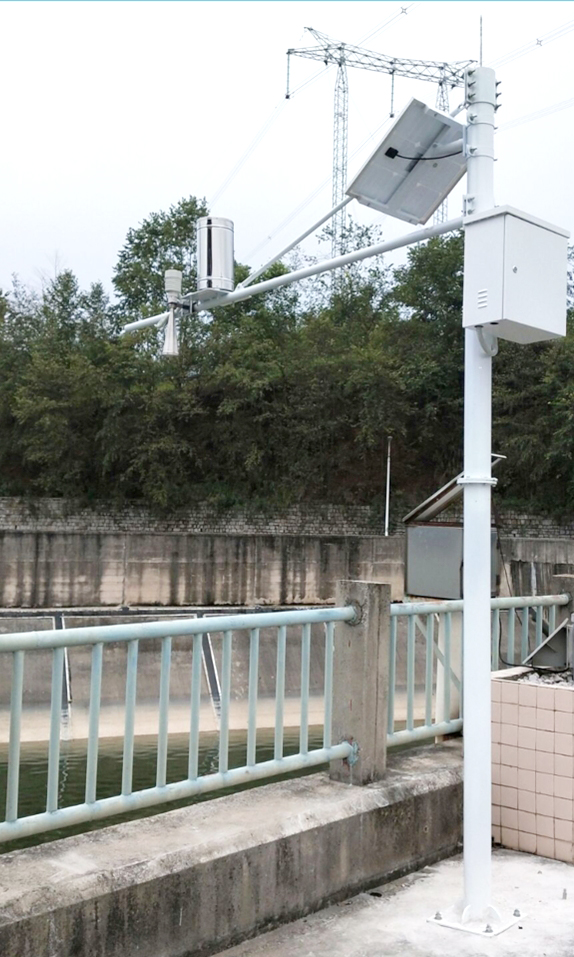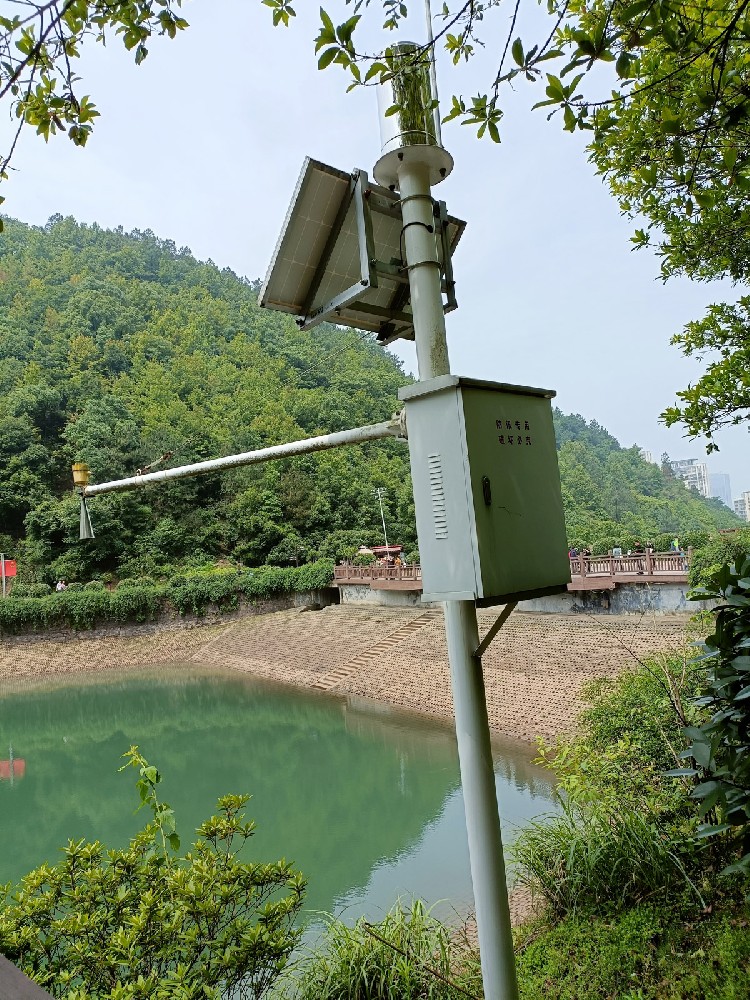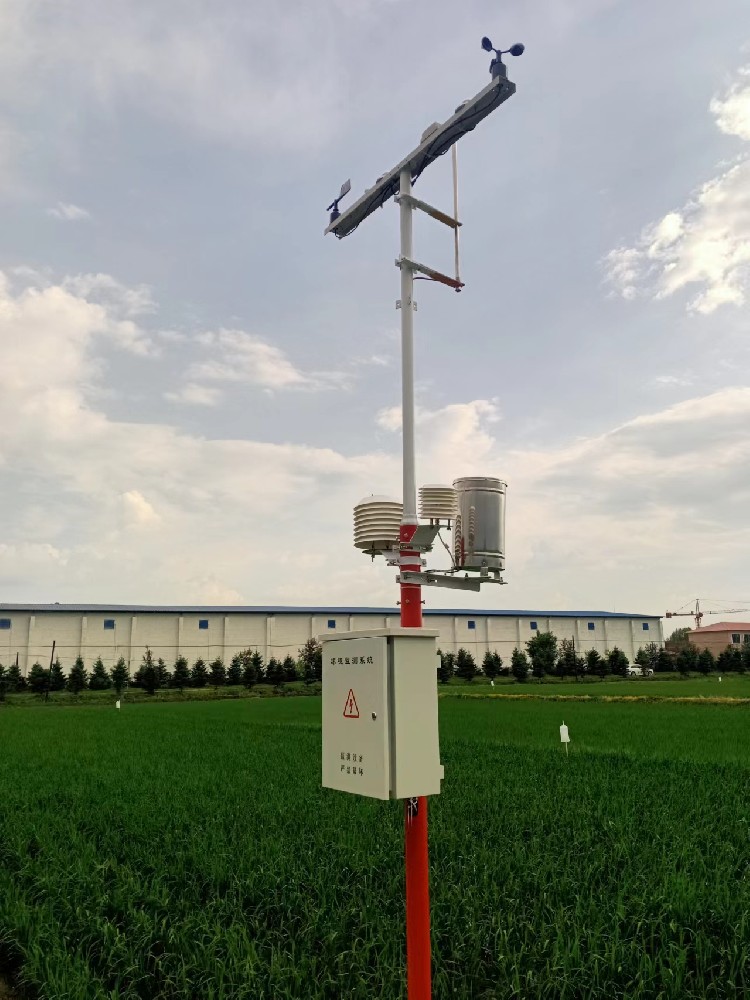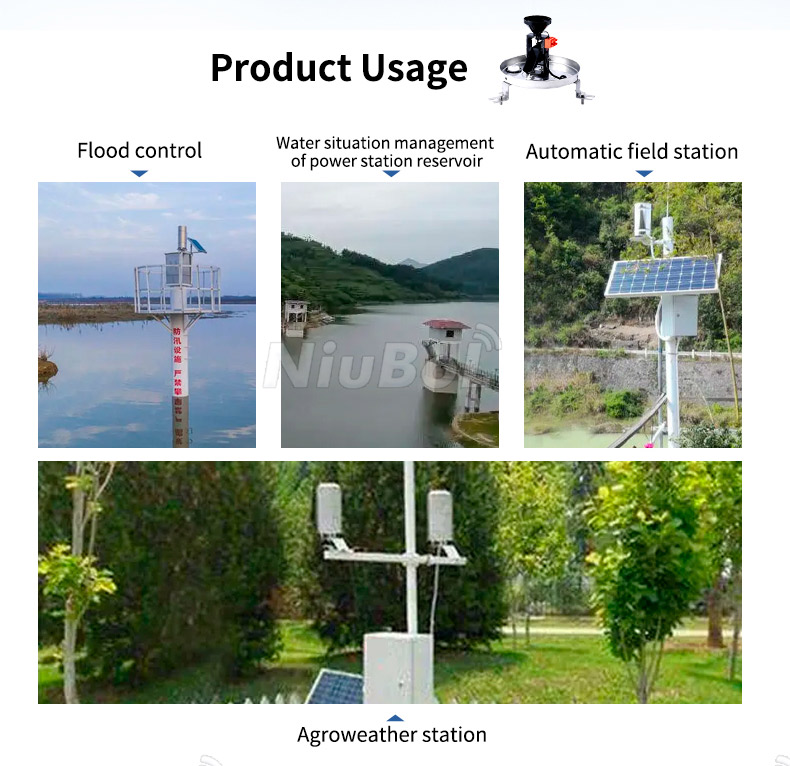

— Blogs —
—Products—
 Consumer hotline +8618073152920
Consumer hotline +8618073152920 WhatsApp:+8615367865107
Address:Room 102, District D, Houhu Industrial Park, Yuelu District, Changsha City, Hunan Province, China
Product knowledge
Time:2025-01-22 11:33:51 Popularity:234
In nature, rainfall is a crucial component of the water cycle, with profound impacts on agriculture, water resource management, flood prevention, and disaster relief. To more accurately understand and predict rainfall conditions, rainfall meteorological stations have emerged as an indispensable part of modern meteorological monitoring systems.
Rainfall meteorological stations monitor rainfall in real-time through high-precision sensors, providing valuable rainfall data. These data not only serve as fundamental resources for climate research but also provide critical guidance for agricultural production, water resource management, and flood disaster prevention.
In agriculture, farmers can use the data provided by rainfall meteorological stations to optimize irrigation plans, ensuring crops receive adequate water, thereby improving yield and quality. These data also help predict natural disasters like floods, allowing farmers to take preventative actions to minimize damage.
- Irrigation Management: Rainfall data helps farmers optimize irrigation plans, avoiding water wastage and ensuring that crops receive sufficient water during crucial growth stages.
- Disaster Early Warning: Real-time monitoring of rainfall allows farmers to anticipate extreme weather events such as floods or droughts, taking appropriate preventive measures to reduce agricultural losses.

In terms of water resource management, data from rainfall meteorological stations help assess local water conditions, providing a basis for the rational use and allocation of water resources. By monitoring and analyzing rainfall in real-time, we can predict water shortages, such as droughts, and take preemptive actions to ensure sustainable water use.
- Water Resource Assessment: Long-term rainfall data helps relevant authorities evaluate the distribution of regional water resources, identifying areas prone to drought or water surplus.
- Reservoir Scheduling: Rainfall data provides scientific support for reservoir managers to optimize water distribution, ensuring effective management and use of water resources.
Rainfall meteorological stations play a pivotal role in flood prevention and disaster relief. Through real-time monitoring and early warnings of rainfall, we can promptly detect the occurrence of natural disasters like floods, providing scientific data for government decision-making and enabling timely emergency responses to safeguard people's lives and property.
- Flood Warning: Real-time rainfall data supports flood warning systems, helping authorities issue early warnings and minimize disaster losses.
- Dam Safety Evaluation: Rainfall data supports water level monitoring in rivers and lakes, as well as dam safety assessments, ensuring the effective operation of flood prevention infrastructure.

The working principle of rainfall meteorological stations primarily depends on the functioning of rain gauges. Common types of rain gauges include tipping bucket rain gauges, weighing rain gauges, siphon rain gauges, and piezoelectric rain gauges, among which tipping bucket rain gauges are the most commonly used.
- Rainwater Collection: Rainwater is collected into the tipping bucket through a collector.
- Bucket Tipping: When the water level in the bucket reaches its design capacity (usually 0.1mm or 0.2mm of rainfall), the bucket tips over under the force of gravity, emptying the water and resetting.
- Signal Conversion: The tipping motion triggers a sensor to generate an electrical signal, typically a pulse, the frequency of which corresponds to the rainfall amount.
- Data Processing: The electrical signal is transmitted to the data acquisition system, where it is processed to record rainfall data, which is then uploaded to a data center via the network.
With advancements in technology, rainfall meteorological stations are continually evolving. The key trends in their development include intelligence, precision, networking, and multi-functionality.
- Intelligence: By integrating Internet of Things (IoT), big data, and artificial intelligence technologies, rainfall meteorological stations can achieve automated, intelligent monitoring and data processing, improving both precision and efficiency.
- Precision: The introduction of high-precision sensors enables rainfall meteorological stations to provide more accurate rainfall data, supporting meteorological forecasting and agricultural production.
- Networking: Rainfall meteorological stations are increasingly integrated into national and even global meteorological monitoring networks, enabling data sharing and real-time communication, thus enhancing the timeliness and scope of meteorological monitoring.
- Multi-functionality: Future rainfall meteorological stations will not only monitor rainfall but also track temperature, humidity, wind speed, and other meteorological parameters, evolving into comprehensive weather data platforms.

The applications of rainfall meteorological stations are extensive, spanning agricultural production, water resource management, and flood disaster prevention, among others. They also play a significant role in weather forecasting, urban planning, and environmental protection.
By leveraging big data analysis and mining, the data from rainfall meteorological stations provide more accurate references for weather forecasting, improving both forecast accuracy and timeliness.
Rainfall data helps urban planners understand the hydrological conditions of cities, enabling the design of effective drainage and flood prevention systems, thereby enhancing a city's ability to cope with extreme weather events.
Rainfall data helps us understand the environmental impact of rainfall, providing a foundation for developing environmental policies and promoting ecological protection and sustainable development.

Rainfall meteorological stations, with their precise data monitoring, intelligent data processing capabilities, and wide range of applications, have become an indispensable part of the modern meteorological service system. They provide invaluable guidance for agricultural production and offer scientific support for water resource management and flood disaster prevention.
As the impact of global climate change becomes increasingly evident, the role of rainfall meteorological stations will become more prominent. They are not only a crucial part of meteorological work but also key tools in disaster reduction, ensuring people's safety, and advancing ecological protection. Therefore, strengthening the construction and development of rainfall meteorological stations, enhancing their data monitoring capacity and service levels, has become a critical task in today's society. With continuous technological advancement, rainfall meteorological stations will play an even more significant role in meteorological monitoring, natural disaster control, and sustainable development in the future.
Prev:Rainfall Weather Station: guarding water resources and ecosystems
Next:Field weather station: core facility of precision agriculture
Related recommendations
Sensors & Weather Stations Catalog
Agriculture Sensors and Weather Stations Catalog-NiuBoL.pdf
Weather Stations Catalog-NiuBoL.pdf
Related products
 Combined air temperature and relative humidity sensor
Combined air temperature and relative humidity sensor Soil Moisture Temperature sensor for irrigation
Soil Moisture Temperature sensor for irrigation Soil pH sensor RS485 soil Testing instrument soil ph meter for agriculture
Soil pH sensor RS485 soil Testing instrument soil ph meter for agriculture Wind Speed sensor Output Modbus/RS485/Analog/0-5V/4-20mA
Wind Speed sensor Output Modbus/RS485/Analog/0-5V/4-20mA Tipping bucket rain gauge for weather monitoring auto rainfall sensor RS485/Outdoor/stainless steel
Tipping bucket rain gauge for weather monitoring auto rainfall sensor RS485/Outdoor/stainless steel Pyranometer Solar Radiation Sensor 4-20mA/RS485
Pyranometer Solar Radiation Sensor 4-20mA/RS485
Screenshot, WhatsApp to identify the QR code
WhatsApp number:+8615367865107
(Click on WhatsApp to copy and add friends)